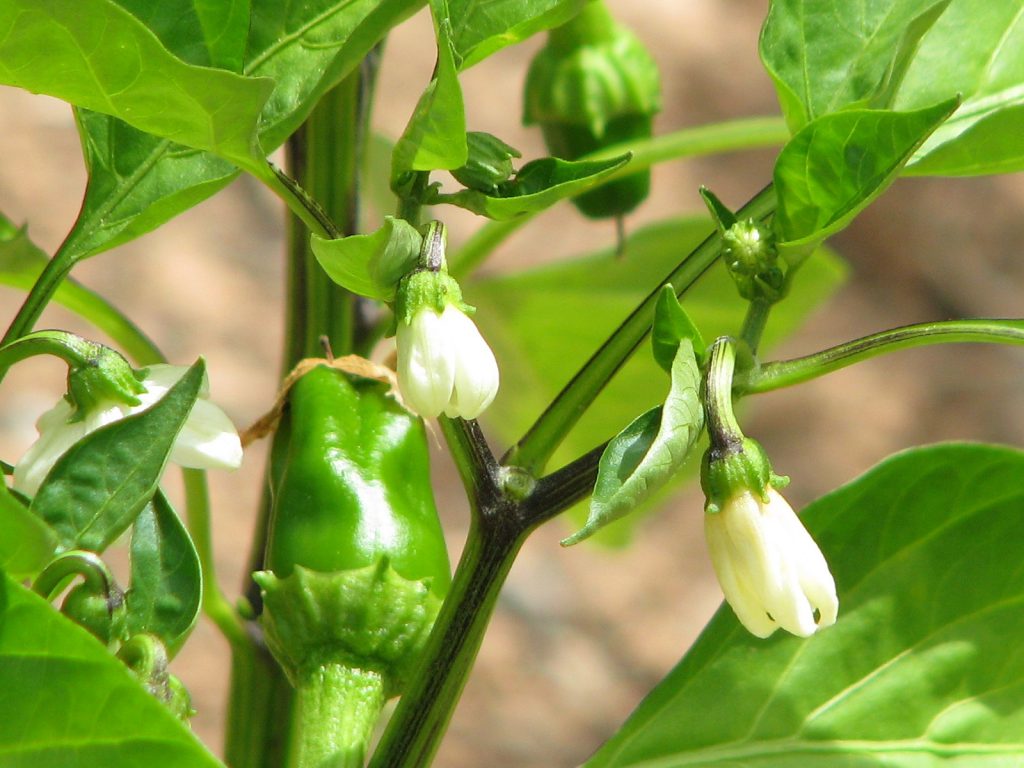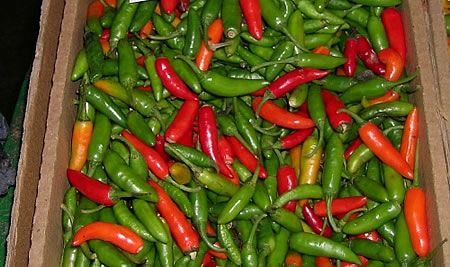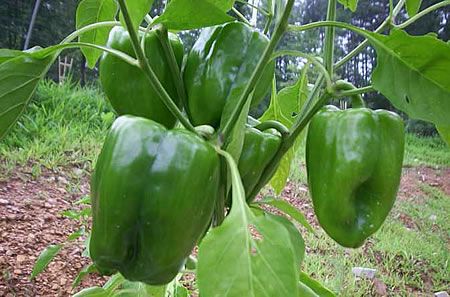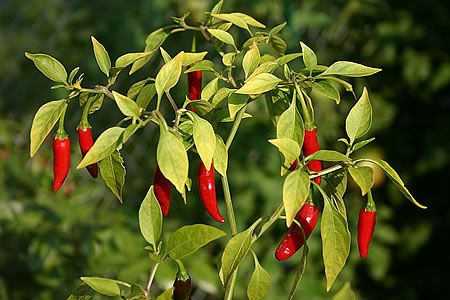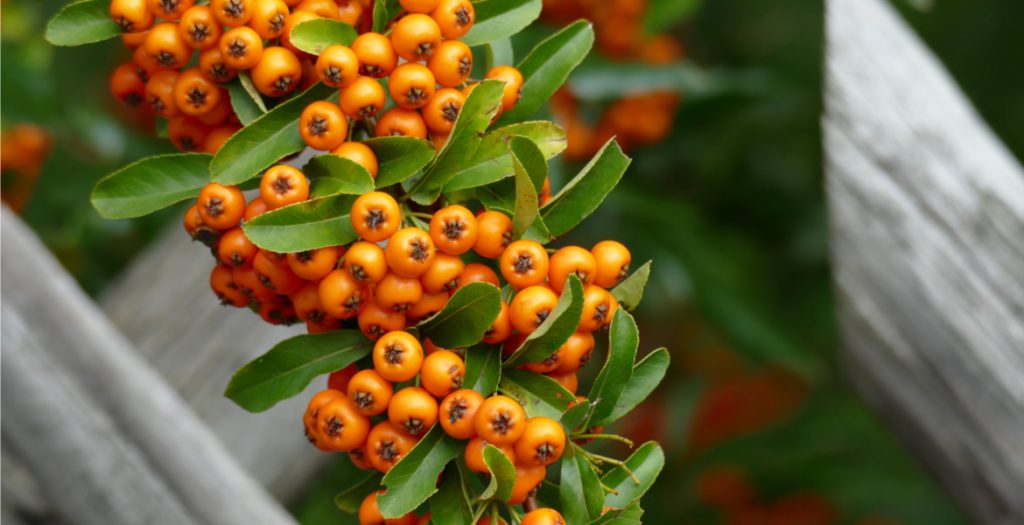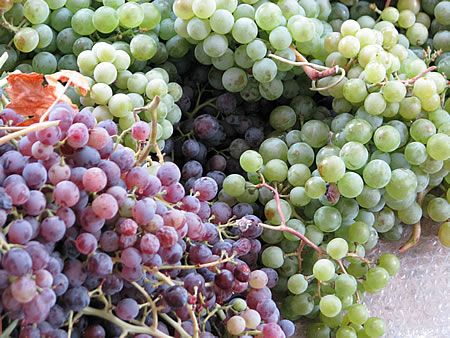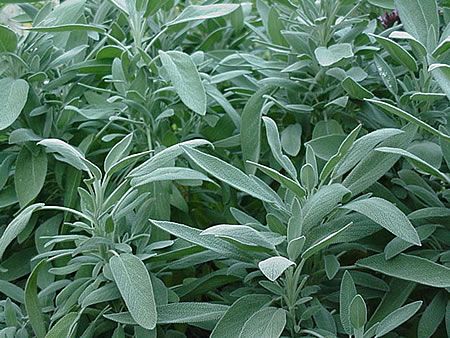Do you want to learn how I grow peppers in the garden?
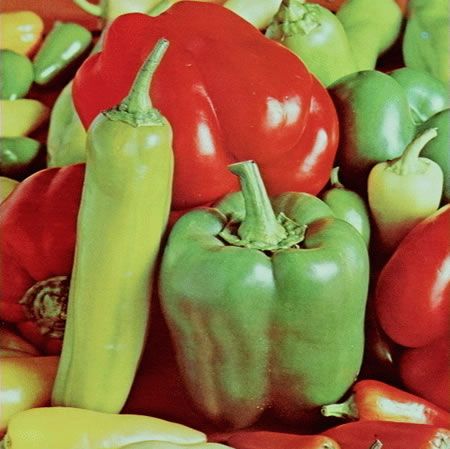
Hot peppers
Peppers are native to Mexico, Central America and the northern part of South America. The name pepper (from the Spanish pimiento meaning pepper and the English pepper) was given by Christopher Columbus when he brought the plant to Europe. Apparently he had found and brought a hot pepper plant.
At that time the name pepper was given to all plants that gave hot fruits. In addition, pepper was a very expensive spice, so presumably naming the new plant pepper gave it even more commercial value.
Peppers can be divided into two broad categories. The sweet (bell pepper) and the hot (chili pepper).
When to sow pepper seeds
Directly in the garden: You can sow pepper seeds directly into the garden from April to June.
In a seedbed: You can sow pepper seeds in a seedbed 6-8 weeks before the last cold weather. In practice this means from March onwards.
With seedlings: You can plant ready-made pepper seedlings in April and May.
Starting peppers from seed in a seedbed
You can start peppers by sowing seeds in a seedbed 6 to 8 weeks before the last cold weather. In practice this means early to mid-March.
The sowing depth is about 0.5 to 1 cm.
But you must ensure that the seed tray is in a warm place. The seedbed must be at least 24 degrees Celsius for the seeds to germinate.
You may have to wait up to two weeks for the seeds to germinate and see the seedlings appear.
When the seedlings reach a height of 10 cm, they are ready for transplanting.
For about 2 weeks before transplanting, you will need to harden them off. Get them out in the sun and air. Every day more and more. Start by leaving them in the sun for 2 hours.
Starting peppers from seed directly in the soil
You should sow pepper seeds directly into the soil when the weather has warmed up enough. The ideal temperature for pepper seeds to germinate is 24 degrees Celsius. This is usually in April. Do not attempt to sow pepper seeds directly into the soil in March or early April.
You can continue to sow pepper seeds until June.
If you want to have a continuous crop of peppers, sow 15 days apart.
You should plant the peppers in a part of the garden that gets a lot of sunlight but not wind. Peppers love sun and heat.
Prepare the location where you will sow the peppers as described below. (Do the same when transplanting).
Dig a hole in the ground 30 cm in diameter and 20 cm deep.
Pour a handful of fertilizer into the bottom of the pit. Blue grain fertilizer is quite good. By the time the roots of the plant reach this depth, the fertilizer will have been absorbed by the soil.
On top of the fertilizer, add a layer of the soil you removed.
Fill the rest of the pit with a mixture of compost and soil in equal amounts. This mixture will make the soil fluffy and rich in nutrients.
Use your finger to dig three holes 0.5 to 1 cm deep. Place 2 pepper seeds in each hole.
Cover the seed and lightly press down the soil.
Water the soil well. Water as needed so that the soil is moist but not wet.
It can take up to 2 weeks for the seeds to germinate and you may see seedlings coming out of the soil. Don’t be disappointed!
What kind of soil do peppers need?
The ideal soil for growing peppers has a pH between 6.7 and 7.0, is rich in organic matter and well-drained.
Seeding distances for peppers
Peppers are sown in parallel rows. Each pepper plant does not take up much space. We have two spacings. The row-to-row distance and the distance of the plants on the row.
The row-to-row distances are between 60 and 90 cm.
The distance between plants on the same row is between 30 and 50 cm.
Peppers support
Peppers have a superficial root system. It is sensitive to strong winds that can even knock it down. If the place where you put the peppers is caught by the wind, you will need to support them. The support can be done with the help of a stake that you will drive into the ground and on which you will support the plant.
Watering peppers
During the hot summer months the pepper grows rapidly. You should water it regularly so that the leaves don’t look tired and droop downwards.
Fertilizing peppers
Pour organic fertilizer around the peppers when they bloom. Repeat three weeks later.
Harvesting peppers
You can start picking peppers while they are still green. The more often you cut peppers, the more the plant will produce!
Companion planting with peppers
Along with peppers, you can grow the following plants:
- Onions
- Basil
- Carrots
- Peas
- Tomatoes
Avoid growing peppers with…
Avoid growing peppers near apricots. A fungus to which peppers are susceptible can damage apricots.
Sweet pepper varieties
Bell peppers Green peppers
Some of the sweet pepper varieties are:
Bell: This is the familiar thick pepper found in the markets.
Paprika: From this dried pepper comes our well-known paprika.
Pimiento: Red and fleshy. Red pieces are found in stuffed olives.
Hot pepper varieties
Hot peppers
Some of the hot pepper varieties are:
Cayenne. Cayenne is a cylindrical, thin and thinly shaped cayenne, with a long, thin, round shape. It is very, very hot.
Red Chili: Has a small conical shape. Length 2.5 to 7 cm. They are used for the production of chili.
Green Chili: Long shaped green hot peppers. Their average length is 18 to 20 centimeters
Tips for growing peppers
You can plant sweet and hot peppers together. The pepper is generally a self-pollinating plant. However, it can also be pollinated by bees. In this case, the resulting seeds may produce seemingly “sweet” peppers with a hot taste the following year.
Whenever you cut these peppers, they are delicious. But they are at their maximum vitamin C and A content when they are ripe. When the peppers are ripe and red, they contain 10 times more vitamin A and twice as much vitamin C than when they are green.
Hot red peppers contain 10 times more vitamin A and twice as much vitamin C as sweet green peppers.
The green peppers we all eat are green because they are still unripe! All peppers turn red when they are ripe.
Peppers can drop their flowers if the daytime temperature rises well above 32 degrees Celsius for a long time and the temperature at night rises above 24 degrees Celsius. Hot peppers are more resistant.
Hot peppers are hot because they contain a chemical called capsaicin. When we eat hot peppers, a cellular reaction is created that releases neurotransmitters. Neurotransmitters are proteins that mimic the sensation of burning or pain. They go to the sensory nerves and create the sensation of pain. Our body reacts by trying to eliminate the irritant. Our body increases our heart rate (wanting to increase metabolism), increases salivation and sweats. At the same time, the functionality of the gastrointestinal tract increases in order to eliminate the irritant.
People want to eat hot peppers despite all the tension it creates in the body because without knowing it the brain secretes endorphins, substances similar to opium, which reduce pain.
Sources
- https://www.gardenguides.com/article-peppers.html
- https://www.gardenguides.com/76017-plant-peppers.html
- https://en.wikipedia.org/wiki/Bell_pepper
Tags: CULTIVATE • CULTIVATION • HOT PEPPERS • PEPPER • TIPS

